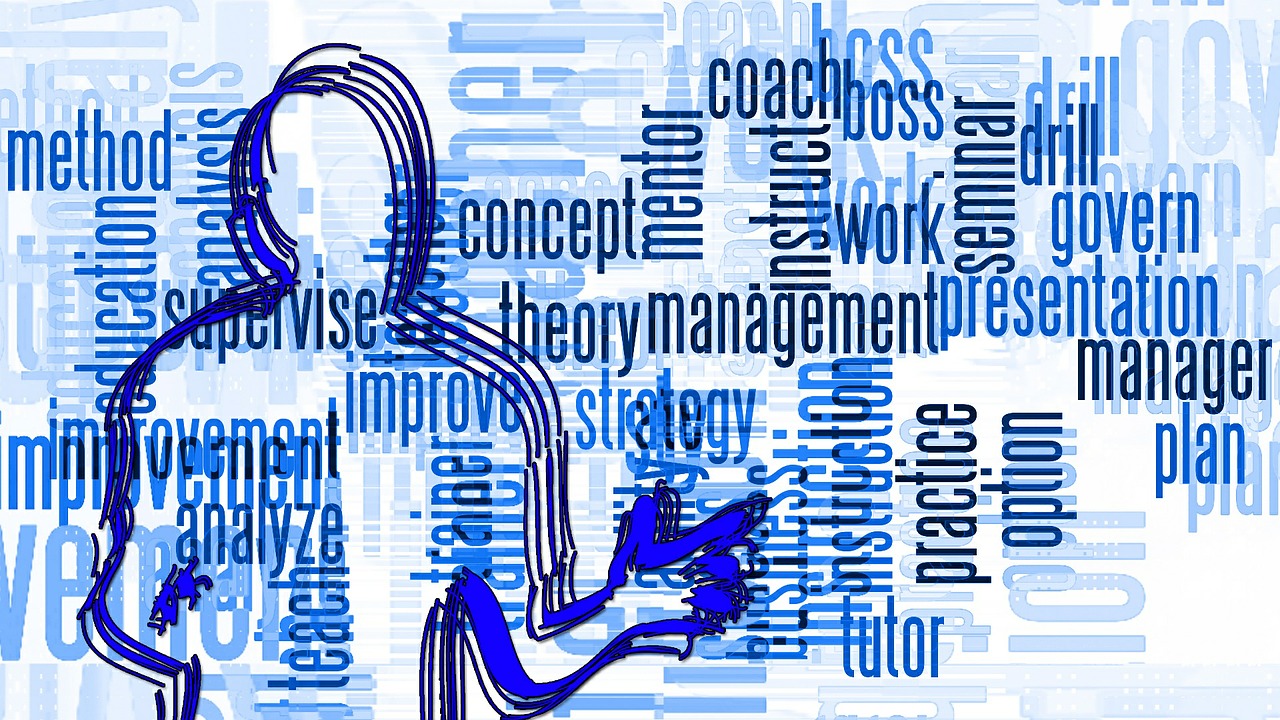
Statement of Direction
There are many ways you can describe the direction of your retail business to your employees.
The important thing is to have well thought out, meaningful and written statements which describe the major areas of business activities to give solid direction to your employees.
Here is a compilation of the more important vehicles:
The Mission Statement:
The basic foundation document of the business.
Tells what kind of retail business you’re in, what market you serve, what you bring to that market, and in particular, the special way in which you approach that market.
Mission statement takes its form from company’s stated vision. It should contain the following dimensions in a crisp and concise way.
Shared Values (What is Important)
Beliefs (How Things Work)
Behavioral Norms (the Way We Do Things)
Company Values:
A set of precepts, principles, beliefs, or statements of advocacy to which top management pledges its adherence.
The human factors that drive the conduct of the business. Often published and posted prominently for everyone’s benefit.
The Service/Product Strategy:
May be contained in the mission statement or in a separate document.
Specifies the personality of your service or product and explains the unique selling proposition that defines your positioning in the market.
It is initially helpful in launching a service quality program, but ideally it should become an intrinsic part of the mission statement and the accepted definition of the service or product.
The Strategic Plan:
Defines the company’s next moves over a period of one to several years.
May set forth a few critical key result areas that guide the development of implementing objectives and the annual tactical planning process.
Some managers prefer to set a few major strategic objectives in the strategic plan rather than specify key result areas.
The plan is subject to revision or updating on a periodical basis, but tends to transcend the annual planning process.
The Annual Business Plan:
This tactical plan implements the strategic direction for the year. It specifies major objectives for the business and tells generally how to achieve them.
The plan is broken down by major organizational division, department or store.
The Operating Budget:
The operating budget spells out expected revenue levels and anticipated expenses for carrying out the business plan, and it is broken down by division, region and store as well as by product line.
With a clear and valid set of charter documents in place, people in the organization sense that their leadership has a clear direction and an appropriate plan, and speaks with consistency.
This is one of the important conditions that must prevail for people to get turned on about a major initiative based on sales, productivity, profitability or service quality.
EFFICIENT: Doing things right.
EFFECTIVE: Doing the right things right.
“Success comes from doing the really important things critical to obtaining results.”
Effective Goal Setting:
One of the most important performance drivers is setting up appropriate objectives.
In a retail environment these objectives can take many forms, like total sales, units per transaction, sales per square foot, etc.
(see KPIs at Retail KPI’s (Key Performance Indicators) – Retail Management Success Site (dmsretail.com))
Whatever form they may be;
GOALS SHOULD BE:
Specific
Measurable
Time-Framed
Realistic and Achievable
Personally Meaningful and Supportive of Other Goals
Apart from setting the goals, retail managers must pay specific attention to make sure the limited time available to their staff and themselves is not nibbled away by actions, events and other interruptions that if not handled properly will hinder the success of the store operations. We call them “The Top Time-Wasters”
THE TOP TIME – WASTERS
Significant performance degradation may result from unsuspected sources, if store management is not observing the staff behavior closely, or themselves not paying attention to time-wasters like:
- Telephone Interruptions
- Drop-in Visitors
- Meetings (Scheduled and Unscheduled)
- Crises
- Lack of Objectives, Priorities, Deadlines
- Cluttered Back Room, Desk and Personal Disorganization
- Attempting Too Much At Once
- Lack of or Unclear Communication
- Inadequate or Inaccurate Information
- Indecision or Procrastination
- Ineffective Delegation
- Confused Responsibility and Authority
- Leaving Tasks Unfinished
- Lack of Self Discipline
CAUSES OF PROCRASTINATION
Procrastination is a major performance suppressor especially for junior managers that have not developed the sense of urgency for certain important tasks.
They end up in crises usually because too many important issues accumulate especially when they are Customer or Head Office related.
Generic causes of procrastination are:
- Unpleasant Tasks
- Difficult Projects
- Indecision
HOW TO STOP PROCRASTINATION
- Recognize Procrastination
- Break-Up Large Tasks into Manageable Sizes
- Consider Creating a Team for Larger Projects
- Plan and Complete a Start-Up Task
- Make a Wager
- Devise a System of Rewards
- Try the Hardest Part First
- Tailor Your Store Environment for Efficiency
RESULTS MATTER… EFFORT DOESN’T.
“Management is judged by the results it achieves and not by the obstacles it overcomes.” – Peter Drucker
Contrary to popular opinion; “Trying your best” in retail business just does not cut it, unless your best is good enough.
Retail employees specially must be clearly shown that their efforts must be directed in effective tasks at all times instead of just doing stuff they like or trying to look busy.
It is important to note here that in majority of cases in retail the effective effort involves customers in some shape or form and must be regarded as the highest priority.



















